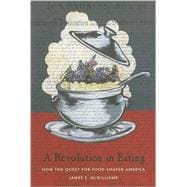
What is included with this book?
| Preface | |
| Introduction Faithful History My Belief Learning to Believe | |
| The Social Dimensions of Rationality | |
| The Book of Mormon and the American Revolution | |
| The Book of Mormon in Early Mormon History The Lamanite View of Book of Mormon History | |
| The Recovery of the Book of Mormon | |
| The Book of Mormon and Its Critics Joseph Smith and Skepticism Joseph Smith in the Current Age Making Space for the Mormons | |
| The Visionary World of Joseph Smith Was Joseph Smith a Gentleman? Joseph Smith as Translator ""The Little, Narrow | |
| Table of Contents provided by Publisher. All Rights Reserved. |
The New copy of this book will include any supplemental materials advertised. Please check the title of the book to determine if it should include any access cards, study guides, lab manuals, CDs, etc.
The Used, Rental and eBook copies of this book are not guaranteed to include any supplemental materials. Typically, only the book itself is included. This is true even if the title states it includes any access cards, study guides, lab manuals, CDs, etc.